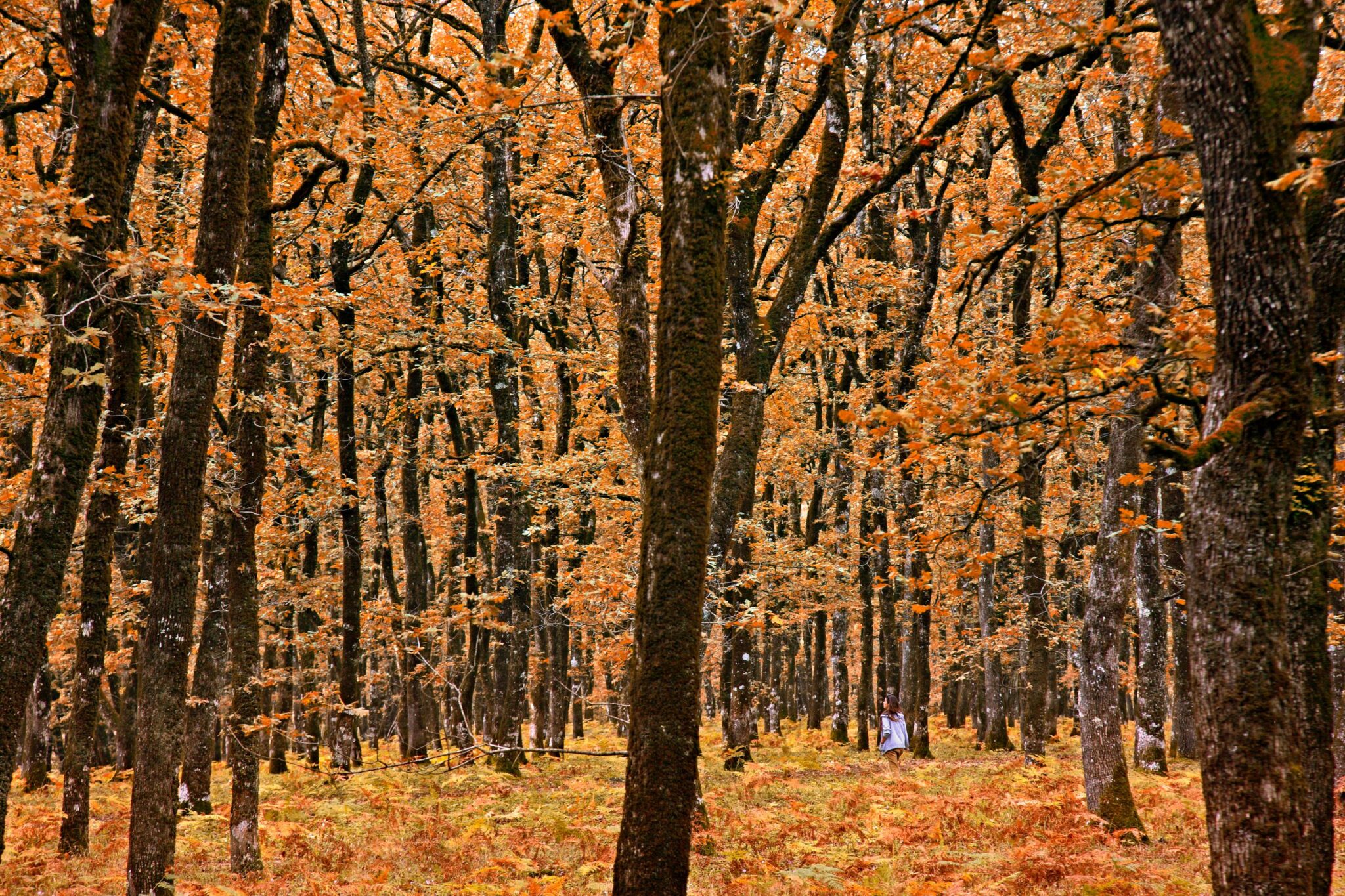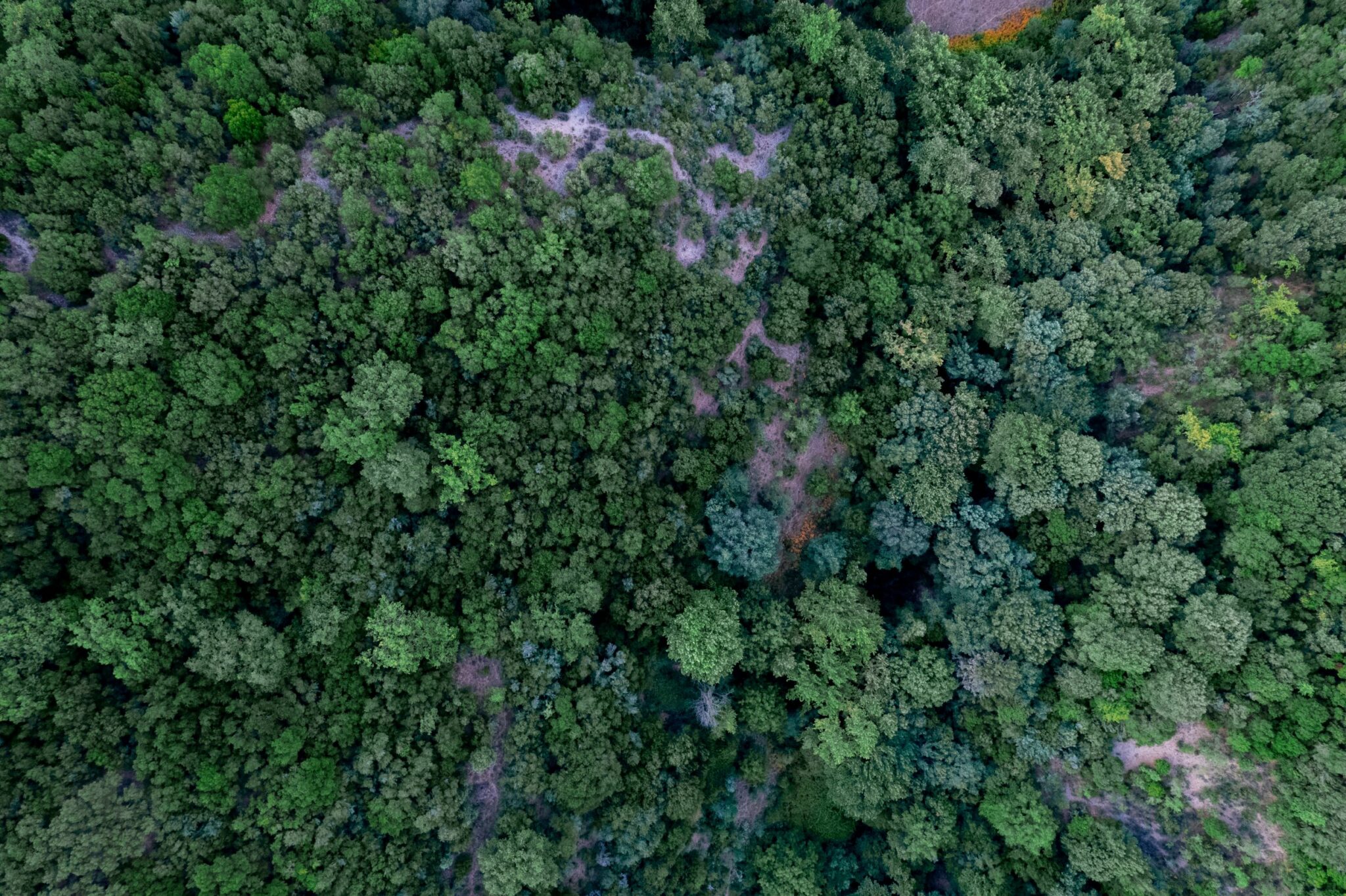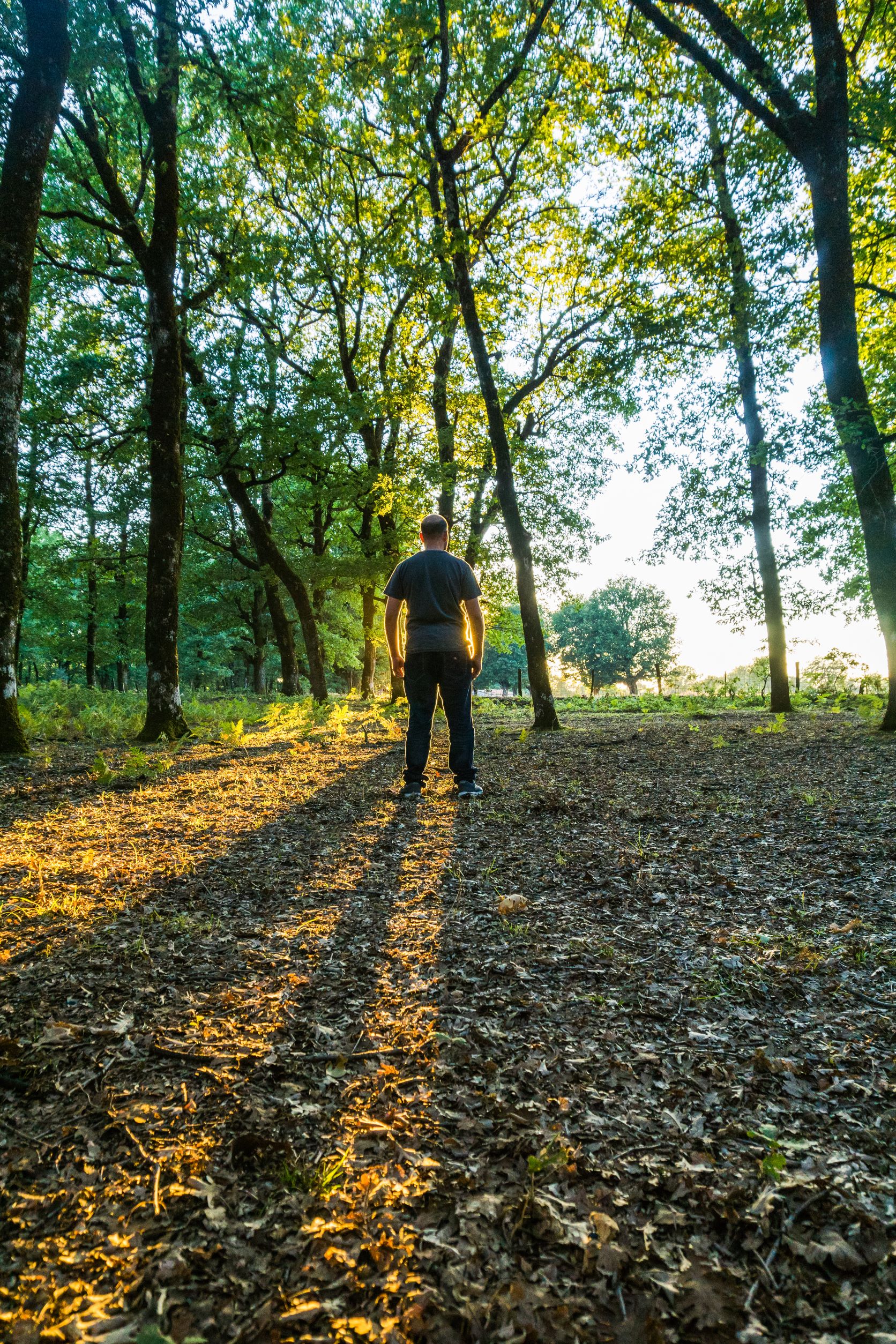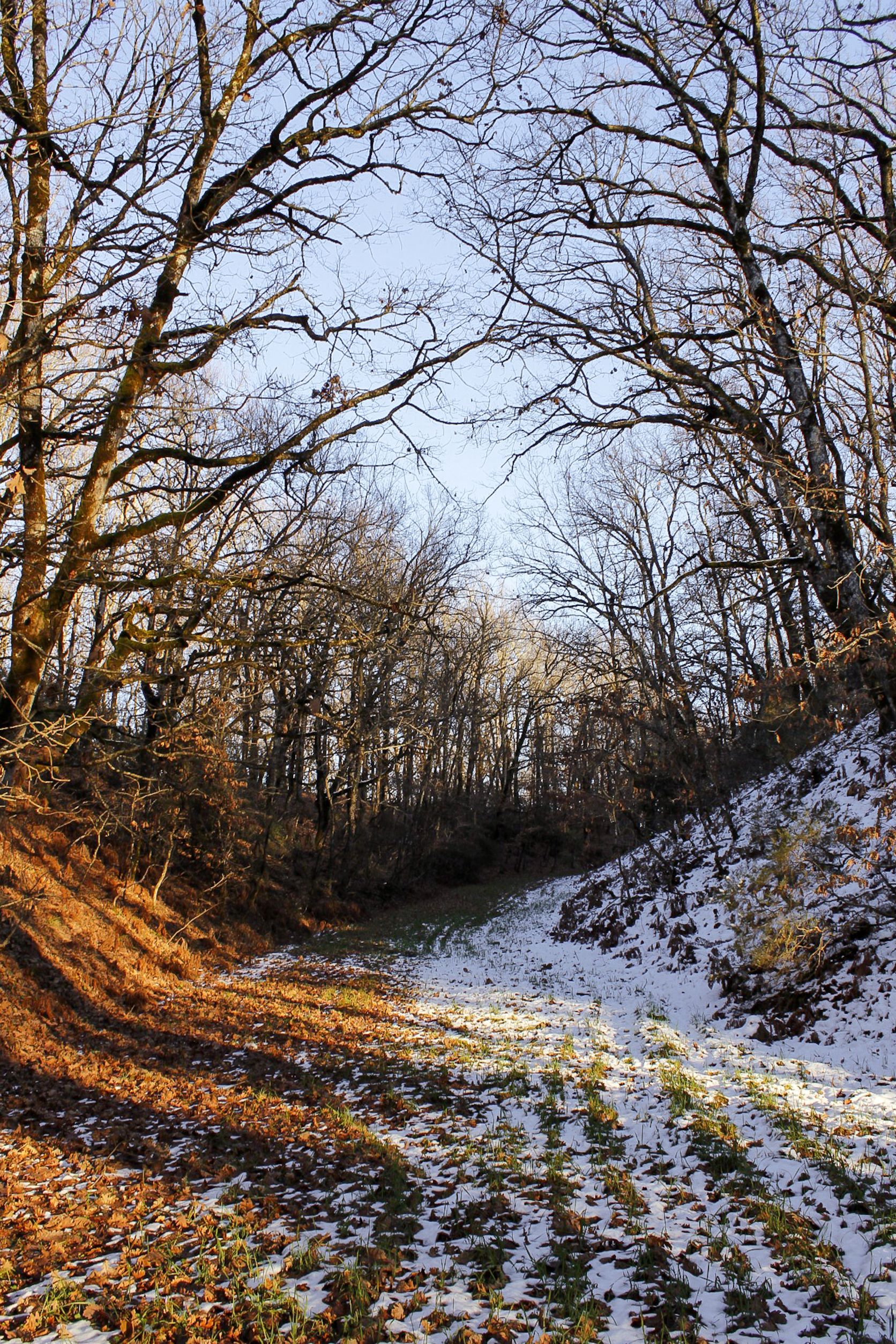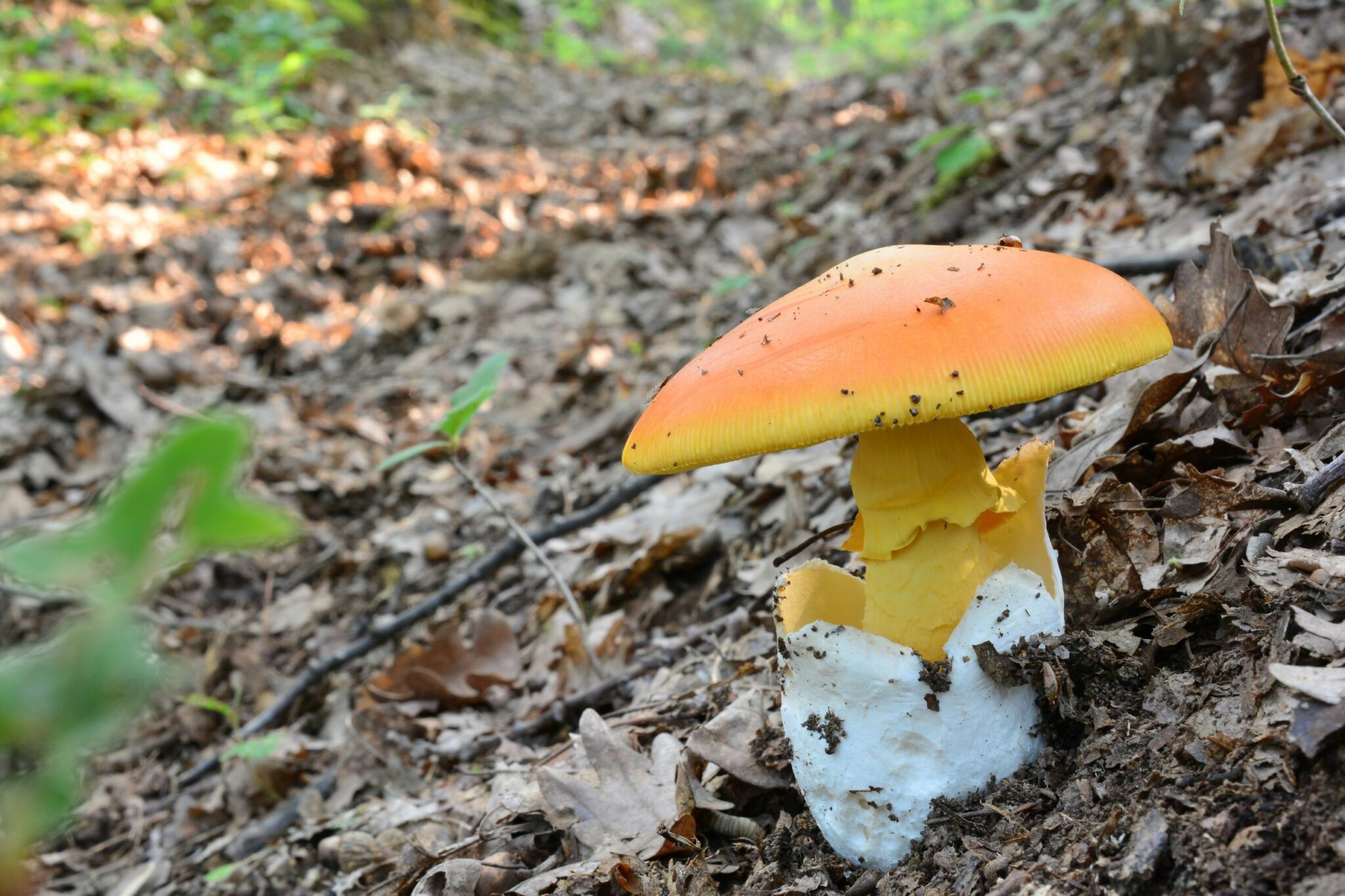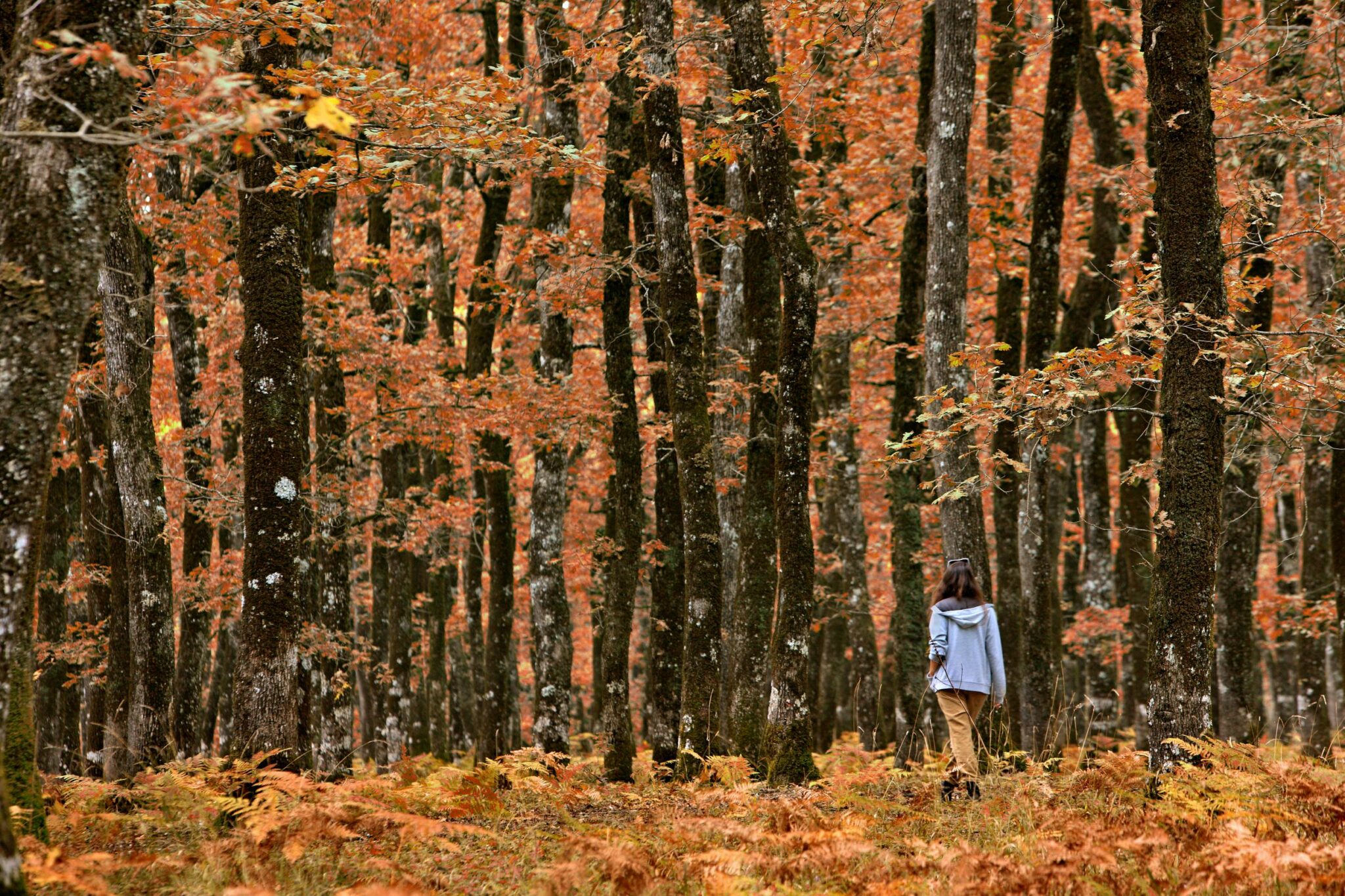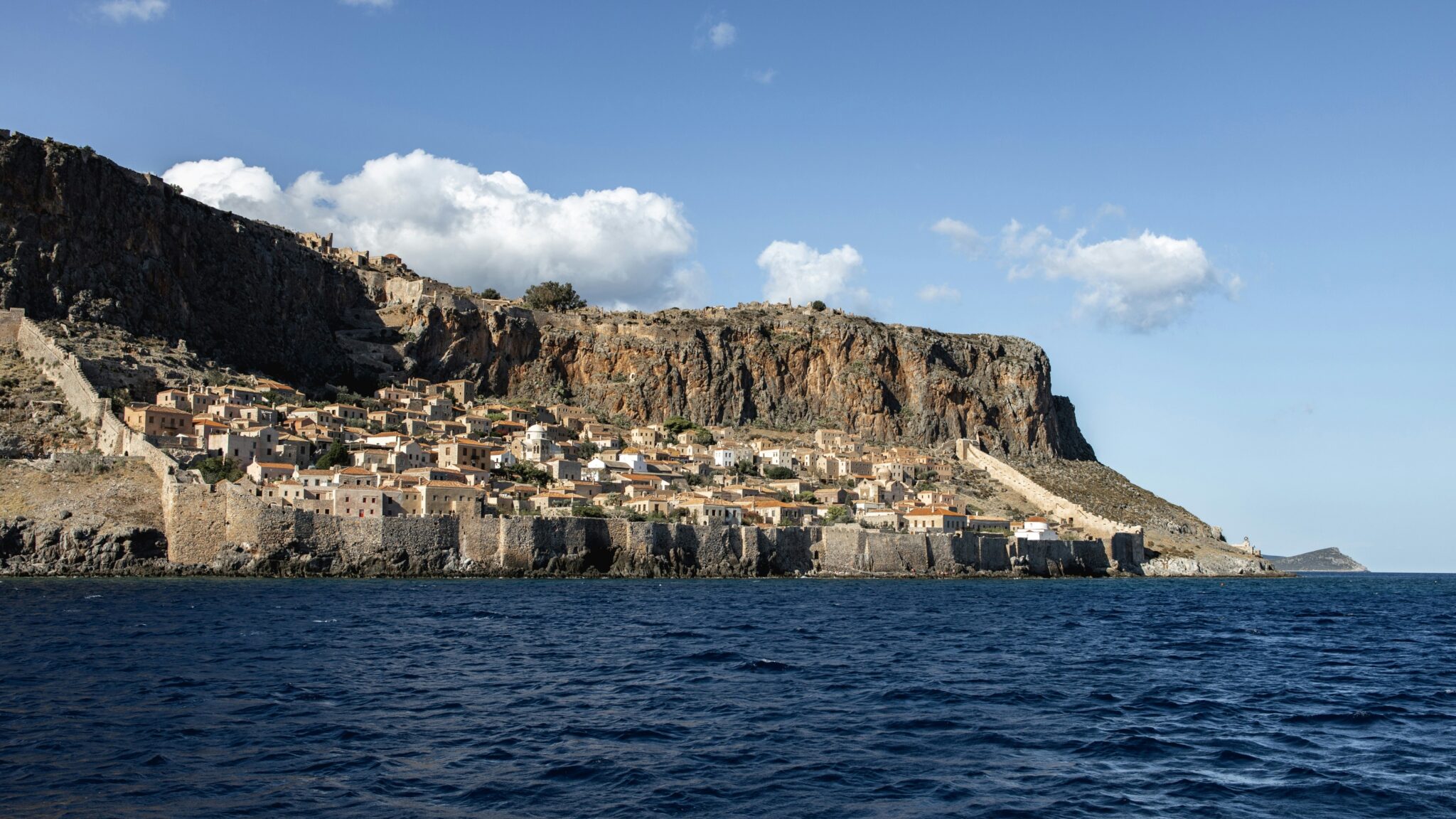Ilia, as a destination is mostly associated with the archaeological site of Ancient Olympia and its large sandy beaches. However, 20 km away from Ancient Olympia there is a land so beautiful and so pristine that each visitor feels like the first to person to ever set foot there.
We’re talking about the Foloi forest. It got its name from the Centaur Folos. According to the myth, Folos lodged Heracles when he was trying to trace the Erymanthian Boar. The wine that Folos served Heracles caused a clash with the rest of the Centaurs, during which Folos was killed, by accident, by Heracles’ arrow.
It may be a myth but whoever visits this place can easily understand why the ancient Greeks attributed such glory to it. The oak forest of Foloi spreads between the drainage basins of the river Erymanthos on the East, the natural border between Ilia and Arcadia, and the Homeric river Sellientas, in the Southwest. It’s the only oak forest in the Balkans, one of the largest ones in Europe, at 42.000 acres, and it’s part of the Natura 2000 network.
According to the locals, there are 5 million trees in the forest, in their majority oak trees. There’s no point in counting, just accept this number as true and take in their glory.
The forest is on a plateau, at 660 m. altitude. It’s a flat forest, something that makes it an ideal destination for hiking and it’s open to visitors throughout the year. It’s one of the oldest forests in Europe, something that perhaps can be attributed to the fact that oaks don’t catch fire as easily as pines. So, last summer, despite the wildfires in the wider area, this lovely ecosystem survived.
The plateau of Foloi is called “Ilia’s balcony”. If you find yourself outside the forest, you’ll understand why. In many spots, the huge oaks hide the sky. Oaks are deciduous, so, if you’re in Foloi in autumn, your foot will sink in the “carpet” created by the fallen leaves. The best time to visit the forest is probably now. Or in spring, when nature in general is at its best.
The necktie path
At such a beautiful forest, hiking is a must for every visitor. As we already mentioned, the forest is on a plateau, something that means easy trails even for inexperienced hikers. A trail we definitely recommend is the trail known as “the necktie path”. This very original name is due to the fact that the trail was not marked with regular markers but with about 300 neckties, that were tied on trees, of course many have now been lost. This trail is 8 km and can easily be completed in 2 hours.
One of the most beautiful, but quite longer and more challenging, trails, is the one that starts at the Foloi Environmental Museum. If the museum is open, it’s a great source of information about the area’s nature, it’s history and about hiking and other activity options. From there you follow the M3 trail. After your hike among the tall trees, you find yourself walking in the river’s gorge. The vegetation here is so different you’ll think you’re suddenly in a different country. Here, you’ll hike next to stone bridges, watermills and caves.
Mushroom foraging
Oaks are harder to burn and that’s one of the reason’s the Foloi forest has remained relatively intact from the wildfires. Oaks are also trees that create the perfect conditions for mushroom growth. That’s why you might meet mushroom hunters looking for mushrooms in the forest. During our visit we came across many Caesar’s mushrooms, also called eggs in Greece, due to their shape.
The forest of Foloi is not just great for hiking, it’s also ideal for cycling as its paths are well-kept. And, if you’re not very athletic or just not in the mood for exercise, the forest dirt roads are very well-kept, and you can go there by car. In fact, one of the roads has been included in special routes of the Acropolis Rally.
Lampeia, a special village
There are two villages near the Foloi forest, Foloi and Koumani, neither of which has any special sights, though visitors in the area are bound to go to their taverns. Lampeia (also known as Divri, its previous name) is 12 km away from the Foloi forest. One reason to visit Lampeia is the very scenic route there, another is that it is one of the most beautiful villages in the Peloponnese. Each neighbourhood is built at a different altitude, and most houses are of traditional architecture, with two or three storeys. Their wooden balconies stand out, as do their red-tiled roofs. The houses are surrounded by beautiful fir trees.
Each neighbourhood has its own church, its own cemetery and in the past its own local government and its own market. In the Groustades neighbourhood you’ll find the Byzantine church of Agia Triada (Holy Trinity) that dates back to the 13th century. You’ll find marvellous frescoes inside the church.
The trip: The distance of Foloi forest from Athens is approximately 240 km, around a 3-hour-drive. The total cost of fuel (at an average price of € 1,7 per litre) and tolls is around € 40.
Additional tips
- Schedule a trip to Foloi as soon as possible. Autumn is the best season to visit the forest.
- If you’re cyclists, you must take your bicycles with you.
- You can go rafting on the river Alpheios, not too far.
- Don’t forget your camera.
- On your way back, pay a visit to the Ancient Olympia archaeological site.



